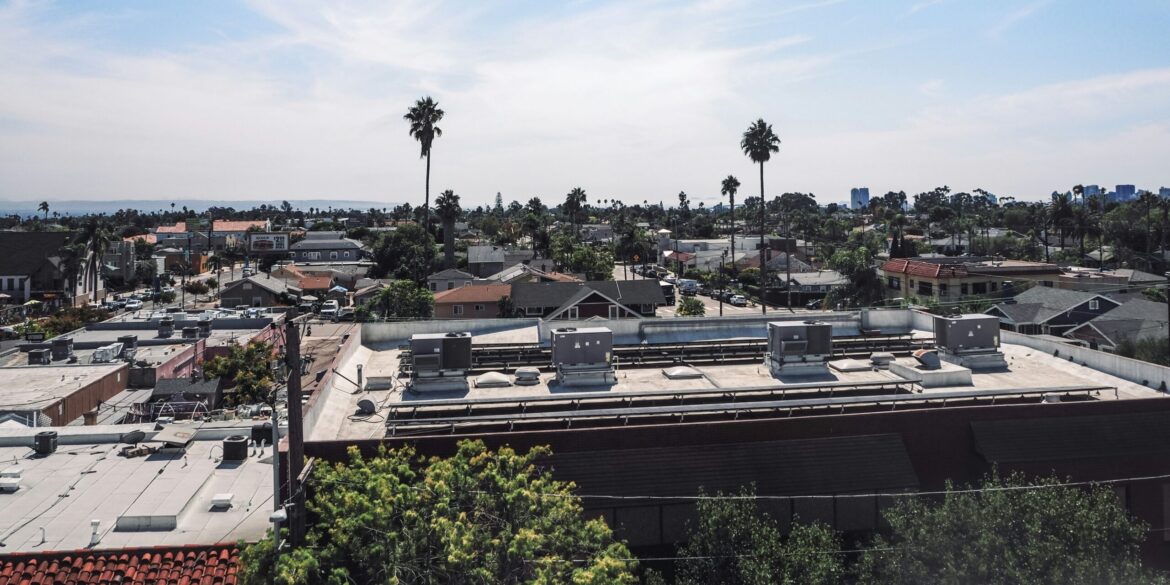As of November 22, 2025, the housing market in Southern California continues to attract significant attention, with various trends indicating a shift in dynamics compared to previous years. Home prices remain strong across the region, but recent analysis reveals that the housing market is gradually evolving, signaling changes that buyers and sellers must navigate with a strategic mindset. This shift is characterized by increasing inventory, slower price growth, and a more balanced market overall.
In the Los Angeles metro area, for example, the median home price still exceeds $900,000 in many neighborhoods. However, experts suggest that the market is stabilizing and moving toward a more balanced state. For years, Southern California’s housing market was defined by rapidly rising prices and intense competition, but this trend is slowing. The once overheated market, driven by a lack of inventory and a flood of eager buyers, is transitioning into a more sustainable phase.
As a result, buyers and sellers are required to adapt to this evolving environment. For sellers, it is no longer enough to list a home and expect multiple offers above asking price. The fundamentals of staging, pricing, and timing a listing have taken on new importance. Sellers are advised to focus on these key factors to attract the right buyers in a market where choices are becoming more plentiful. Homes that are presented well and priced correctly will stand out in a market where price appreciation is no longer guaranteed to be as rapid as it once was.
On the other side of the equation, buyers are also seeing opportunities. For years, the strategy for potential homeowners was often to buy quickly before prices increased further. However, the current market has shifted, and it is no longer a race to buy before prices climb. Instead, buyers are encouraged to take a more measured approach, leveraging the increased inventory and considering broader geographic options. With more homes on the market, buyers can explore neighborhoods that might have been previously overlooked or unaffordable. Emerging neighborhoods, which may have been less desirable in the past, are now becoming viable options as the market becomes more balanced.
This broader view also includes areas outside of the more traditional or established locations in Southern California. While neighborhoods like those in central Los Angeles or coastal areas have long been the gold standard for homebuyers, the expansion of inventory provides more opportunities for buyers to explore less competitive areas. These emerging locations are becoming increasingly appealing as home prices remain stable or grow at a more tempered pace.
The takeaway for both buyers and sellers is clear: strategy and informed decision-making have become more crucial than ever in this changing market. For sellers, it’s important to recognize that aggressive price hikes or hastily timed listings will no longer guarantee success. Instead, a well-thought-out approach involving smart pricing, effective staging, and a careful consideration of market timing will yield the best results. For buyers, expanding one’s search to include emerging neighborhoods and taking the time to assess the market conditions will increase the chances of finding the right property at a fair price.
Southern California’s housing market has entered a new phase, moving away from the frenzied pace of the past few years. Now, the market is characterized by more inventory, steadier prices, and a shift towards a more balanced atmosphere. As the market stabilizes, both buyers and sellers have to navigate it with a focus on strategic planning and careful decision-making, rather than rushing into deals driven by fears of rising prices or dwindling inventory.
In conclusion, this evolving housing landscape in Southern California presents a shift in how both buyers and sellers must approach the market. While home prices are still robust, the dramatic price increases and intense competition that characterized the market in recent years are no longer the norm. As we move into 2026, a more balanced market will require patience, careful consideration, and flexibility from both parties to make the most out of their housing transactions.

